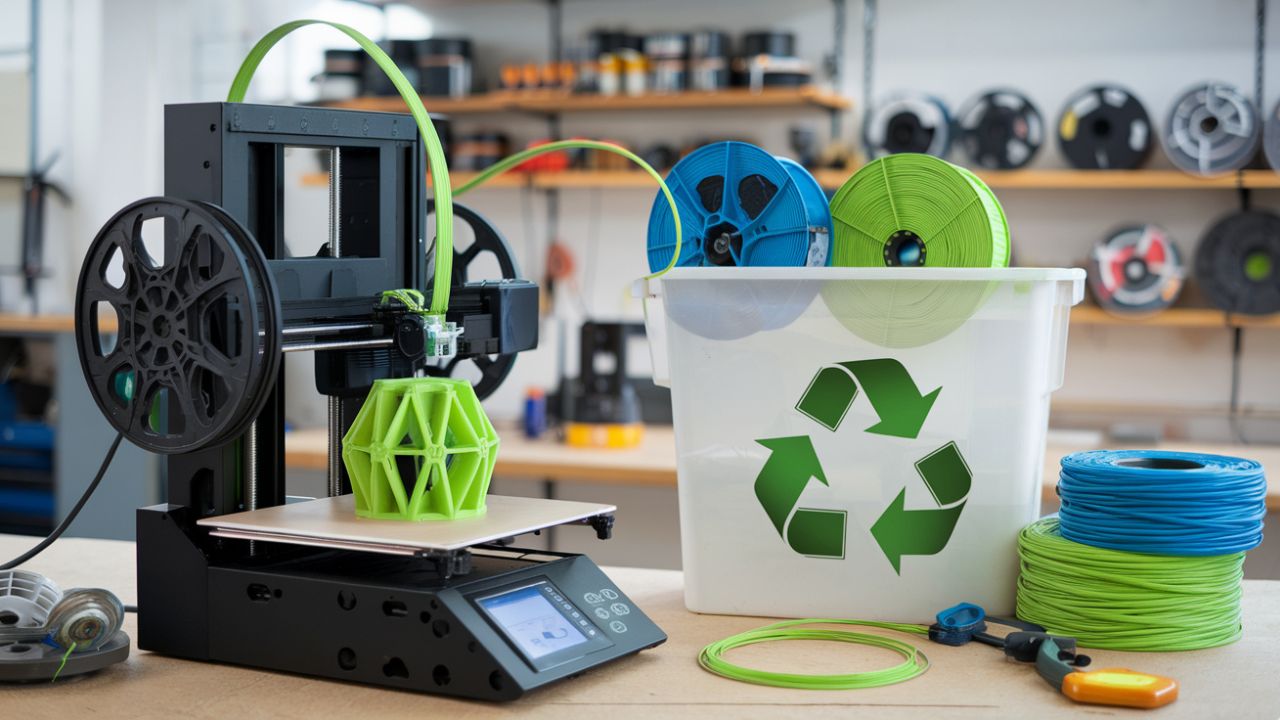In today’s rapidly evolving world, embracing sustainable design for printing is not just a trend but a necessity. As businesses strive to reduce their carbon footprint and contribute to a healthier planet, integrating sustainability into printing practices becomes paramount. This article delves into the importance and implementation of sustainable design for printing, offering insights to business professionals aiming to make a positive environmental impact.

Understanding Sustainable Printing Practices
Sustainable design for printing focuses on minimizing environmental harm while maximizing efficiency and quality. This involves using eco-friendly materials, reducing waste, and adopting practices that conserve energy and resources.
Importance of Eco-Friendly Materials
Choosing sustainable materials is the cornerstone of sustainable design for printing. Recycled paper, soy-based inks, and biodegradable materials are excellent choices for reducing environmental impact. These materials not only lower the carbon footprint but also support the circular economy by promoting reuse and recycling.
Energy Conservation and Efficiency
Energy-efficient printing methods are crucial for sustainability. Adopting technologies such as digital printing can significantly reduce energy consumption compared to traditional methods. Additionally, using energy-efficient machinery and optimizing production processes can further decrease energy use.
Strategies for Implementing Sustainable Printing
Implementing sustainable design for printing requires strategic planning and commitment. Here are some strategies to consider:
Adopting Digital Printing Techniques
Digital printing reduces waste by allowing precise control over print runs and minimizing excess materials. This method is ideal for on-demand printing, reducing the need for large inventories and wasted resources.
Utilizing Eco-Friendly Inks
Traditional inks often contain volatile organic compounds (VOCs) that are harmful to the environment. Switching to eco-friendly inks, such as soy or water-based inks, can reduce these emissions, contributing to cleaner air and a healthier environment.
Optimizing Print Design
Design optimization plays a crucial role in sustainable design for printing. By creating designs that use less ink and paper, businesses can significantly reduce waste. Techniques like using lighter colors and optimizing layout can conserve resources without compromising quality.
Benefits of Sustainable Printing Practices
Embracing sustainable design for printing offers numerous benefits beyond environmental protection. It enhances brand reputation, reduces costs, and meets consumer demand for eco-friendly products.
Enhancing Brand Reputation
Consumers are increasingly concerned about environmental issues and prefer brands that demonstrate sustainability. Adopting sustainable design for printing showcases a commitment to environmental responsibility, enhancing brand image and attracting eco-conscious customers.
Cost Reduction
Sustainable practices often lead to cost savings in the long run. By reducing waste and optimizing processes, businesses can lower material and energy costs, improving overall profitability.
Meeting Consumer Demand
Today’s consumers are more informed and demand sustainable products. Offering eco-friendly printed materials meets this demand, giving businesses a competitive edge in the market.
Case Studies: Success Stories in Sustainable Printing
Several companies have successfully implemented sustainable design for printing. These case studies highlight the positive impacts of sustainable practices on business operations and the environment.
Company A: Eco-Friendly Packaging
Company A adopted sustainable packaging printing techniques, reducing waste and improving energy efficiency. This shift not only lowered costs but also attracted environmentally conscious clients.
Company B: Zero-Waste Printing
By implementing zero-waste printing practices, Company B significantly reduced its environmental footprint. This approach not only benefited the environment but also boosted the company’s reputation as a leader in sustainability.
Challenges in Adopting Sustainable Printing
While the benefits of sustainable design for printing are clear, businesses may face challenges in implementation. These include initial costs, technological limitations, and resistance to change.
Initial Investment Costs
Transitioning to sustainable practices may require upfront investment in new technologies and materials. However, the long-term benefits and cost savings often outweigh these initial expenses.
Technological Limitations
Not all printing technologies are compatible with sustainable practices. Businesses may need to invest in new equipment or upgrade existing machinery to support eco-friendly methods.
Resistance to Change
Adopting sustainable design for printing may face resistance from stakeholders accustomed to traditional methods. Education and awareness campaigns can help overcome this barrier, highlighting the benefits of sustainability.
Future of Sustainable Printing
The future of sustainable design for printing looks promising, with advancements in technology and growing awareness driving change. Innovations in materials, processes, and technology will continue to enhance sustainability in the printing industry.
Technological Advancements
Emerging technologies, such as 3D printing and biodegradable materials, are set to revolutionize the printing industry. These advancements offer new possibilities for reducing waste and improving efficiency.
Growing Awareness and Demand
As awareness of environmental issues grows, so does the demand for sustainable products. This trend is expected to continue, encouraging more businesses to adopt sustainable design for printing.

Conclusion
Incorporating sustainable design for printing is essential for businesses looking to reduce their environmental impact and meet consumer demand for eco-friendly products. By adopting sustainable practices, companies can enhance their reputation, reduce costs, and contribute to a healthier planet.
FAQs
Q1: What is sustainable design for printing?
A1: Sustainable design for printing involves using eco-friendly materials and practices to minimize environmental impact. It focuses on reducing waste, conserving energy, and using sustainable resources.
Q2: How can businesses implement sustainable printing practices?
A2: Businesses can implement sustainable printing by adopting digital printing techniques, using eco-friendly inks, and optimizing print design to reduce waste.
Q3: What are the benefits of sustainable printing?
A3: Sustainable printing offers numerous benefits, including enhanced brand reputation, cost reduction, and meeting consumer demand for eco-friendly products.
For further insights on eco-friendly printing tips, visit this page. Additionally, explore external sustainability tips for more information.
This article contains affiliate links. We may earn a commission at no extra cost to you.







